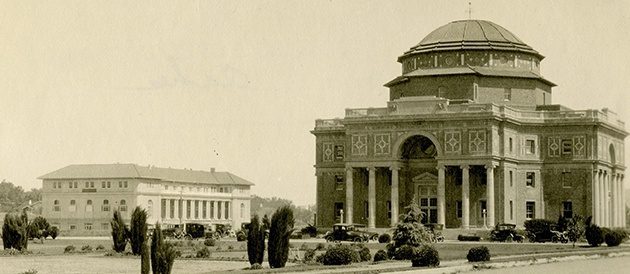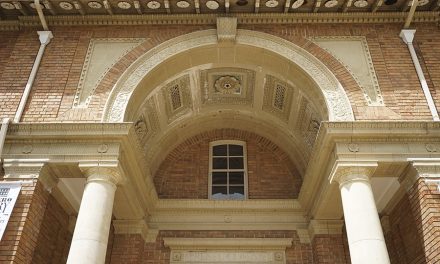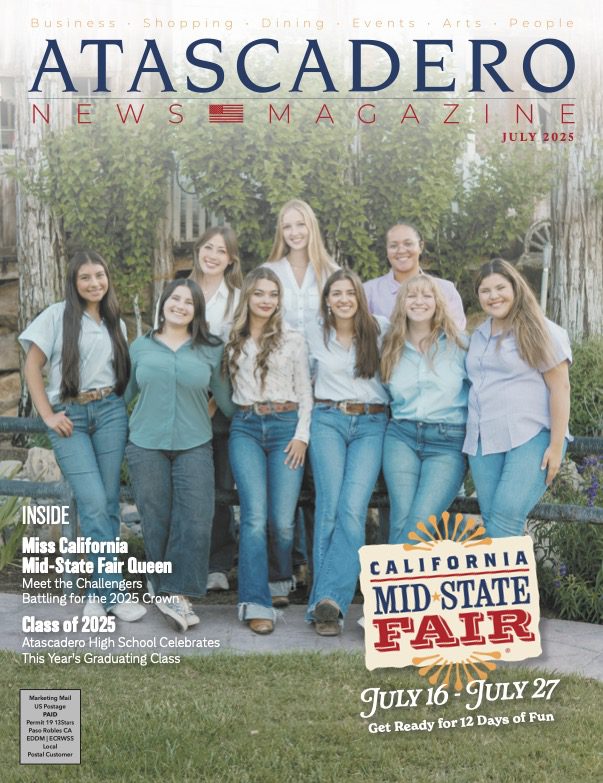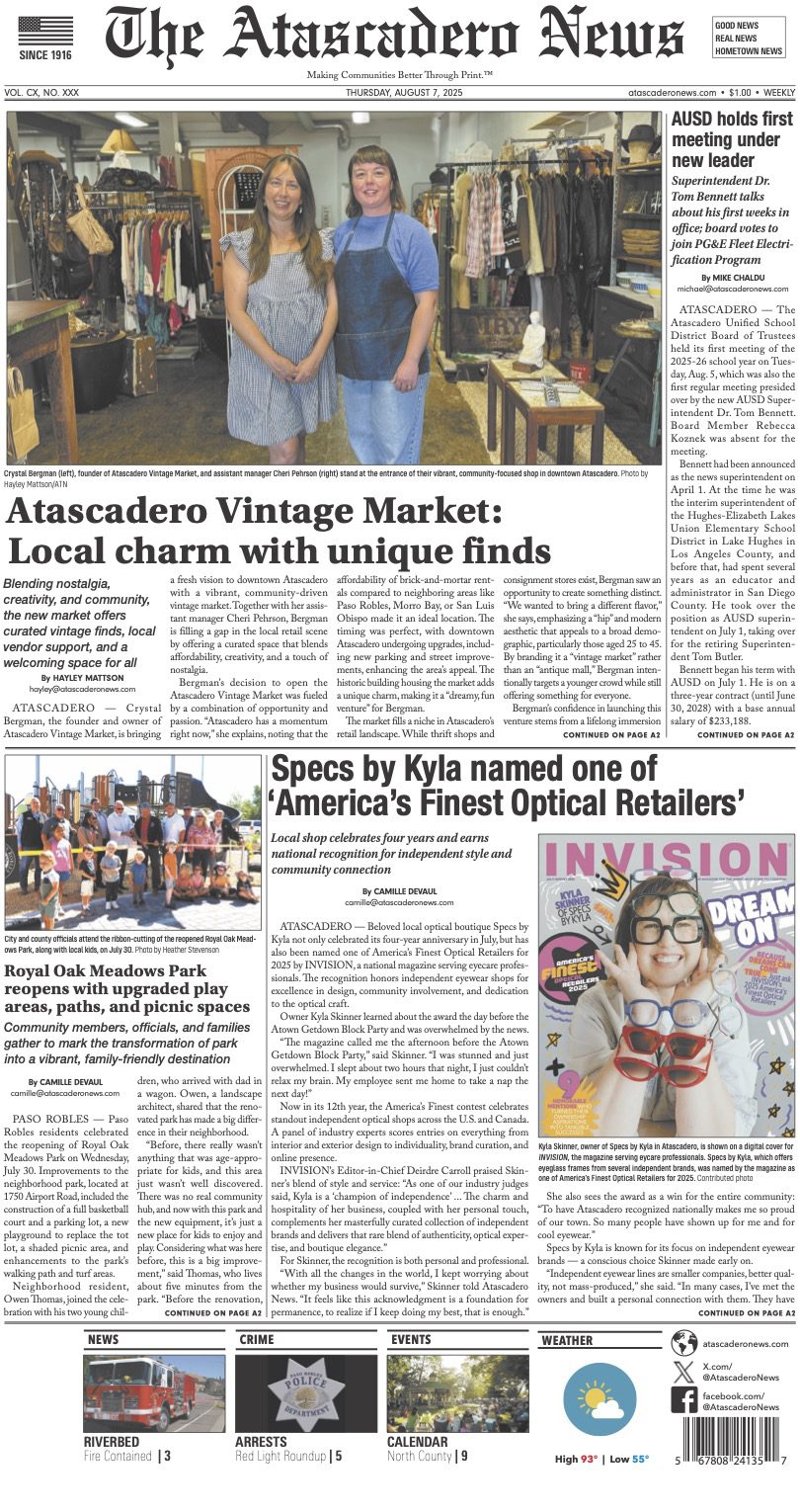From Mexican Land Grant to Modern Community
Atascadero’s rich history begins long before it became the thriving city we know today. Its origins trace back to the era of Mexican rule in California, a time when vast tracts of land were granted to individuals as part of the Mexican land grant system. One such grant, the Asunción Rancho, would play a pivotal role in shaping Atascadero’s future.
In 1845, Governor Pío Pico, the last Mexican governor of Alta California, granted nearly 40,000 acres of the Asunción Rancho to Pedro Estrada. Estrada, a prominent Californio, managed this expansive property during a period when ranchos formed the backbone of the region’s economy. These lands were primarily used for cattle grazing, and the lifestyle of the rancho owners reflected a unique blend of Mexican culture and local traditions.
As time passed, the Asunción Rancho experienced natural changes in ownership, a common occurrence as California transitioned from Mexican to American governance. Following the Treaty of Guadalupe Hidalgo in 1848, California became a U.S. territory, and in 1850, it was admitted as the 31st state of the Union. This shift in political authority brought about significant changes in land ownership. Under U.S. jurisdiction, Mexican land grants were required to be validated through the Board of Land Commissioners, a process that often led to disputes and the eventual sale of many properties.
It was during this transitional period that a portion of the original Asunción Rancho, approximately 23,000 acres, became known as the Atascadero Rancho. Ownership of this land eventually passed to J.H. Henry of San Jose, a businessman whose acquisition marked the next phase of Atascadero’s story. Henry’s stewardship of the land reflected the growing interest in California’s Central Coast as a region of promise and opportunity.
The Atascadero Rancho remained largely agricultural through the mid-19th century, with cattle ranching and farming dominating its use. Like other parts of the Central Coast, the land was valued for its rolling hills, fertile soil, and temperate climate. By the late 19th century, the area had begun to attract settlers seeking to establish roots in this picturesque region.
A pivotal moment in Atascadero’s development came in the early 20th century when Edward Gardner Lewis, a visionary publisher and entrepreneur, purchased the land. In 1913, Lewis envisioned Atascadero as a model colony, a utopian community designed with modern infrastructure, education, and culture at its core. His ambitious plan transformed the former Atascadero Rancho into a bustling town.
Lewis’s vision brought innovative ideas to Atascadero, including one of California’s first planned communities. The town’s layout featured a network of roads, parks, and public spaces designed to foster a sense of community and connection among residents. The Atascadero Administration Building, completed in 1918, remains a landmark of this era, showcasing Lewis’s commitment to blending architecture with natural surroundings.
Despite economic challenges, including the Great Depression, Atascadero continued to grow and evolve. The town transitioned from a colony to an incorporated city in 1979, further cementing its place in California’s history. Today, Atascadero is celebrated for its vibrant community, historic charm, and scenic beauty.
The legacy of the Atascadero Rancho and its early history is evident in the city’s enduring connection to its roots. Land that once belonged to Pedro Estrada and later J.H. Henry is now home to a diverse and thriving community. The spirit of innovation and resilience that characterized its early settlers continues to define Atascadero, making it a unique and cherished part of California’s Central Coast.
References from the Atascadero Historical Society, City of Atascadero, Atascadero News Historical Records.
ATASCADERO NEWS MAGAZINE
Copies of Atascadero News Magazine are directly delivered to 11,500 readers in zip codes 93422, 93432, and 93453 and1,500 dropped with support from advertisers and subscribers. Together, we are Making Communities Better Through Print.™
To subscribe or advertise, click here.













